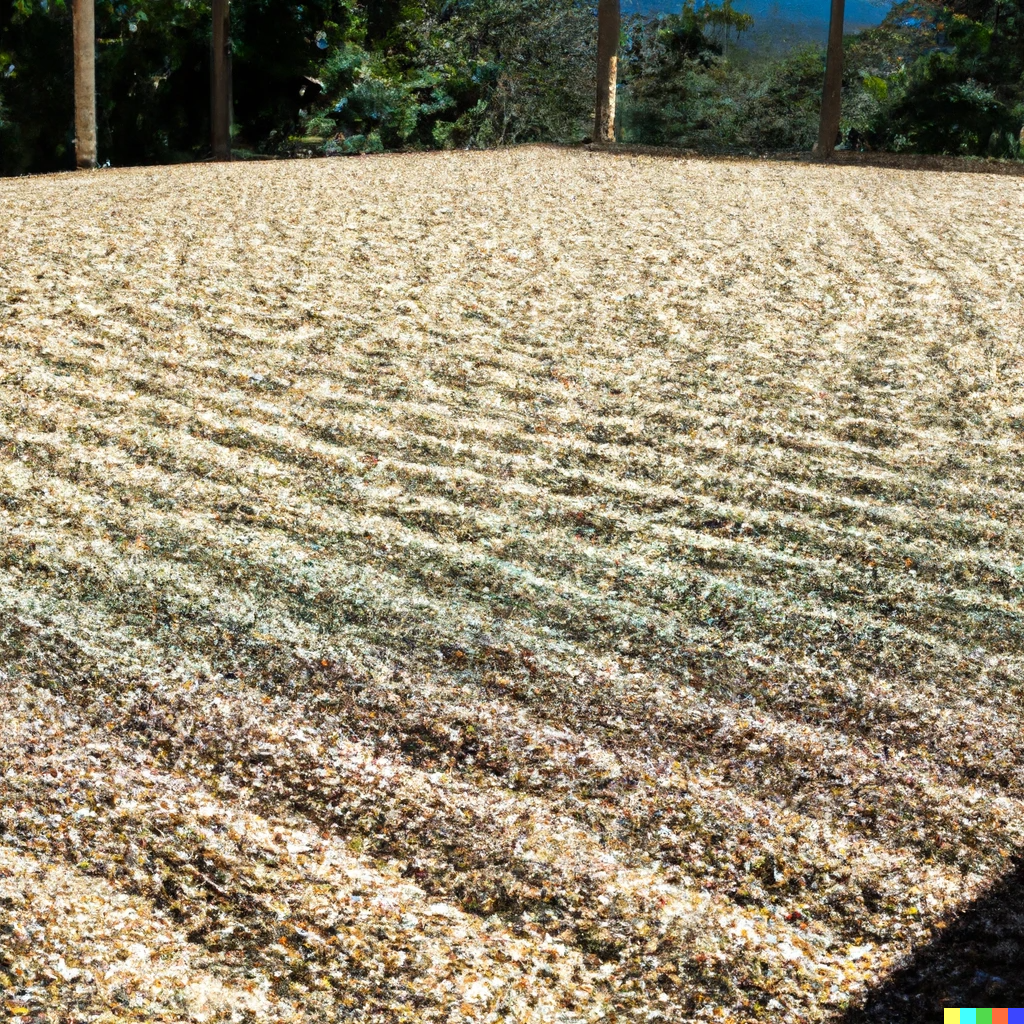
What's the difference between dry process and wet processed coffee?
There are two main methods for processing coffee beans: the natural (or dry) method and the washed (or wet) method. Each method produces coffee with its unique characteristics.
Natural process coffee, also known as dry process coffee, is a traditional method of processing coffee that involves drying the entire coffee cherry, including the bean, in the sun for several weeks. After the cherries have been harvested, they are sorted and then spread out on raised beds or patios to dry. As the cherries dry, they must be raked and turned frequently to ensure even drying and prevent mold or spoilage. Once the cherries are fully dry, they are hulled to remove the dried fruit and parchment layer, revealing the green coffee bean.
Compared to the washed process, natural process coffee typically has a more pronounced fruity, sweet, and wine-like flavor profile. This is because the natural process allows the coffee beans to ferment and absorb the sugars and flavors of the fruit during the drying process. Natural process coffees tend to have a heavier body and lower acidity than washed coffees. They are often described as having a more complex, full-bodied flavor with notes of berry, chocolate, and spices.
In contrast, the washed process involves removing the fruit from the beans before they are dried, typically by washing them in water. The beans are then left to ferment and dry without the fruit, often using mechanical drying techniques. This method tends to produce a cleaner, brighter cup with more pronounced acidity and floral or citrus notes. Washed coffees tend to be lighter in body and more nuanced in flavor.
In summary, natural process coffee is unique compared to washed coffee because it has a more complex, fruity flavor profile with a heavier body and lower acidity. However, this can also make natural process coffee more challenging to produce consistently, as it requires careful management to prevent spoilage or off flavors.
